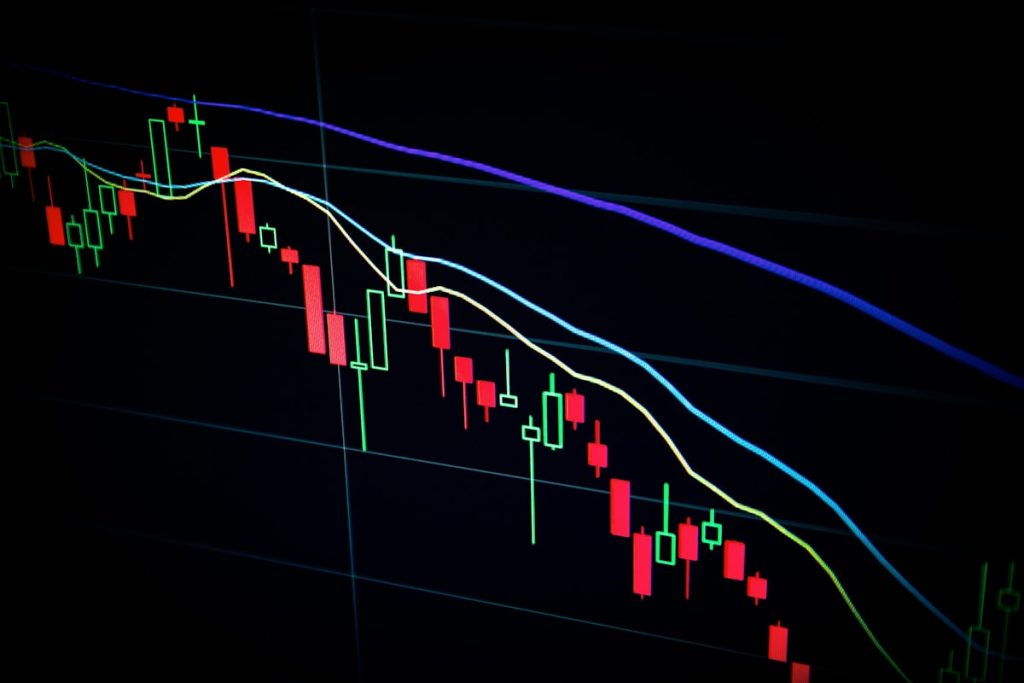Why the Stock Market Shrugged Off Weak Data and Recession Fears
In recent months, economic indicators have painted a mixed picture: slowing growth, elevated inflation, and weakening consumer sentiment. Yet, despite these signals, major stock indices have continued to climb, defying expectations of a downturn. This apparent disconnect between economic data and market performance has left many investors puzzled. Here’s a breakdown of the key factors driving this resilience.
1. Central Bank Policy Expectations
Markets are forward-looking, and investors often prioritize monetary policy expectations over current data. Weak economic figures, such as declining manufacturing activity or rising unemployment, can signal that central banks like the Federal Reserve may pause or reverse interest rate hikes. This anticipation of a “policy pivot” has fueled optimism, as lower rates reduce borrowing costs for businesses and consumers, boosting corporate profitability.
2. Earnings Resilience
Corporate earnings have remained surprisingly robust in many sectors. Companies in technology, healthcare, and energy have reported stronger-than-expected profits, driven by cost-cutting measures, pricing power, and innovation. For instance, AI-driven growth in tech has offset concerns about a slowdown, while energy firms benefited from elevated commodity prices. Markets reward earnings momentum, even in uncertain environments.
3. The “Soft Landing” Narrative
Investors are increasingly betting on a soft landing scenario, where inflation cools without a severe recession. Recent data, such as moderating wage growth and stabilizing consumer spending, has reinforced this view. While risks remain, markets are pricing in a gradual normalization rather than an economic collapse.
4. Liquidity and Investor Positioning
Excess liquidity in the financial system, fueled by pandemic-era stimulus and corporate cash reserves, continues to support asset prices. Additionally, many institutional investors entered 2023 with underweight equity positions. As markets rallied, fear of missing out (FOMO) prompted buying, creating a self-reinforcing cycle.
5. Global Factors
International developments have also played a role. A weaker U.S. dollar, easing COVID-19 restrictions in China, and Europe’s better-than-expected energy transition have reduced global recession risks. This has boosted confidence in multinational corporations and cyclical sectors.
Risks Remain on the Horizon
Despite the optimism, challenges persist. Persistent inflation, geopolitical tensions, and tighter credit conditions could still derail the rally. Moreover, current valuations assume a near-perfect economic outcome, leaving markets vulnerable to surprises. Investors should remain cautious and diversified amid the uncertainty.
In summary, the stock market’s resilience reflects a complex interplay of earnings strength, policy expectations, and global dynamics. While recession fears linger, markets are betting that central banks and corporations can navigate the turbulence ahead.



